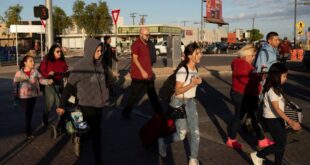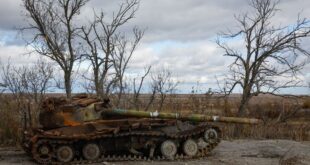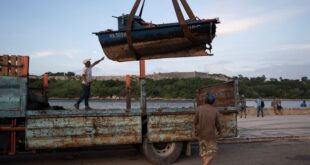LA PAZ (Reuters) – Wildfires in Bolivia have burned through more than 10 million hectares (24.7 million acres) this year, mostly in the country’s tropical east, smashing records for its worst-ever fire season and scorching an area the size of Iceland or Cuba.
The new figures released on Monday by non-governmental organization Tierra Foundation represent the equivalent of nearly 19 million American football fields. Fires in recent months have propelled Bolivia past devastating fire years in 2010 and 2019.
Santa Cruz, a wealthy farming region in the country’s eastern lowlands near Brazil, has been the hardest hit, accounting for almost 7 million hectares of the total, followed by the nearby department of Beni, with 3 million hectares.
“What’s happened in recent months in eastern Bolivia, and will continue to occur at least through October, is a disaster of a magnitude unprecedented in the country,” Juan Pablo Chumacero, researcher at the Tierra Foundation, told reporters.
“This catastrophe is affecting the lives of thousands of households, farmers and Indigenous people, many of whom have been displaced due to the loss of their homes, crops and livelihoods, as well as contamination of air and water sources.”
Dramatic images have shown Bolivians trying to rescue belongings from burning homes.
Government-shared numbers until September, the most recent available, tallied 4.6 million hectares of burned forest and 2.3 million hectares of grasslands. September was by far the worst month this year.
Data from Brazil’s INPE space agency show that there have been 82,117 active fire outbreaks in Bolivia this year until Oct. 6, only 1,000 shy of the full-year record in 2010.
Bolivia’s government declared a national disaster last week after demands from local authorities, community organizations and citizens for more forceful intervention.
Scientists say that while most fires are set by humans, recent hot and dry conditions from fossil-fuel driven climate change are helping fires spread more quickly. South America has been hit by a series of heat waves since last year.
Bolivia’s fires have been exacerbated by drought and land clearances linked to booming cattle and grain production.
“2024 will be remembered as the year of the worst environmental disaster in Bolivia’s history,” added Gonzalo Colque, Tierra Foundation’s director.
(Reporting by Monica Machicao and Daniel Ramos; Editing by Adam Jourdan and Rod Nickel)
 BeritaKini.biz Berita Viral Terkini di Malaysia
BeritaKini.biz Berita Viral Terkini di Malaysia





